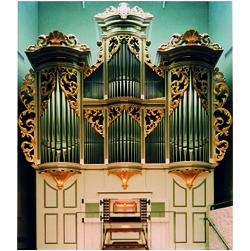
THE DIAPASON
The University of Michigan presents the 51st Conference on Organ Music October 2–5, celebrating the anniversaries of Liszt, Alain, and Hovhaness.
The schedule includes concerts and lectures by Michael Barone, Susanne Diederich, Gregory Hand, Marilyn Mason, Peggy Kelly Reinburg, Almut Roessler, Helga Schauerte, Damin Spritzer, Marijim Thoene, Timothy Tikker, Jaroslav Tuma, and others.
For information: [email protected].

